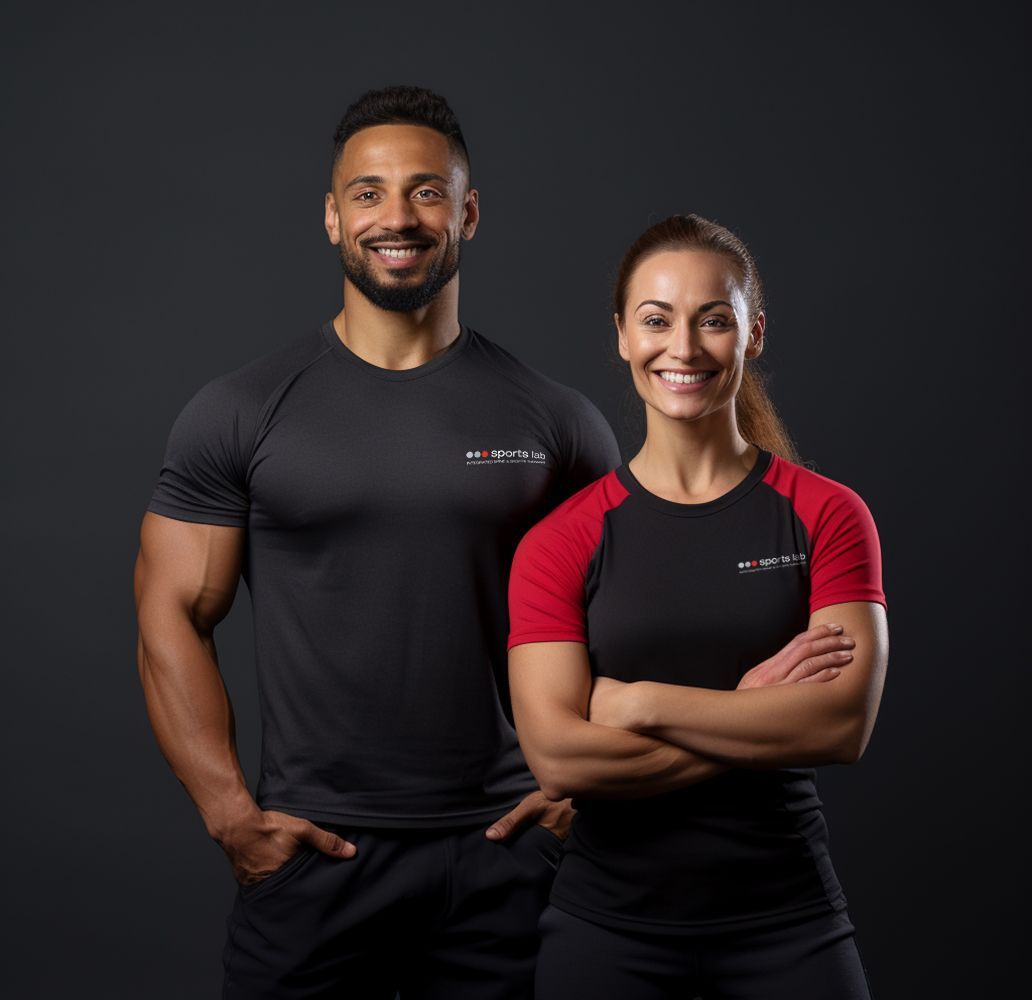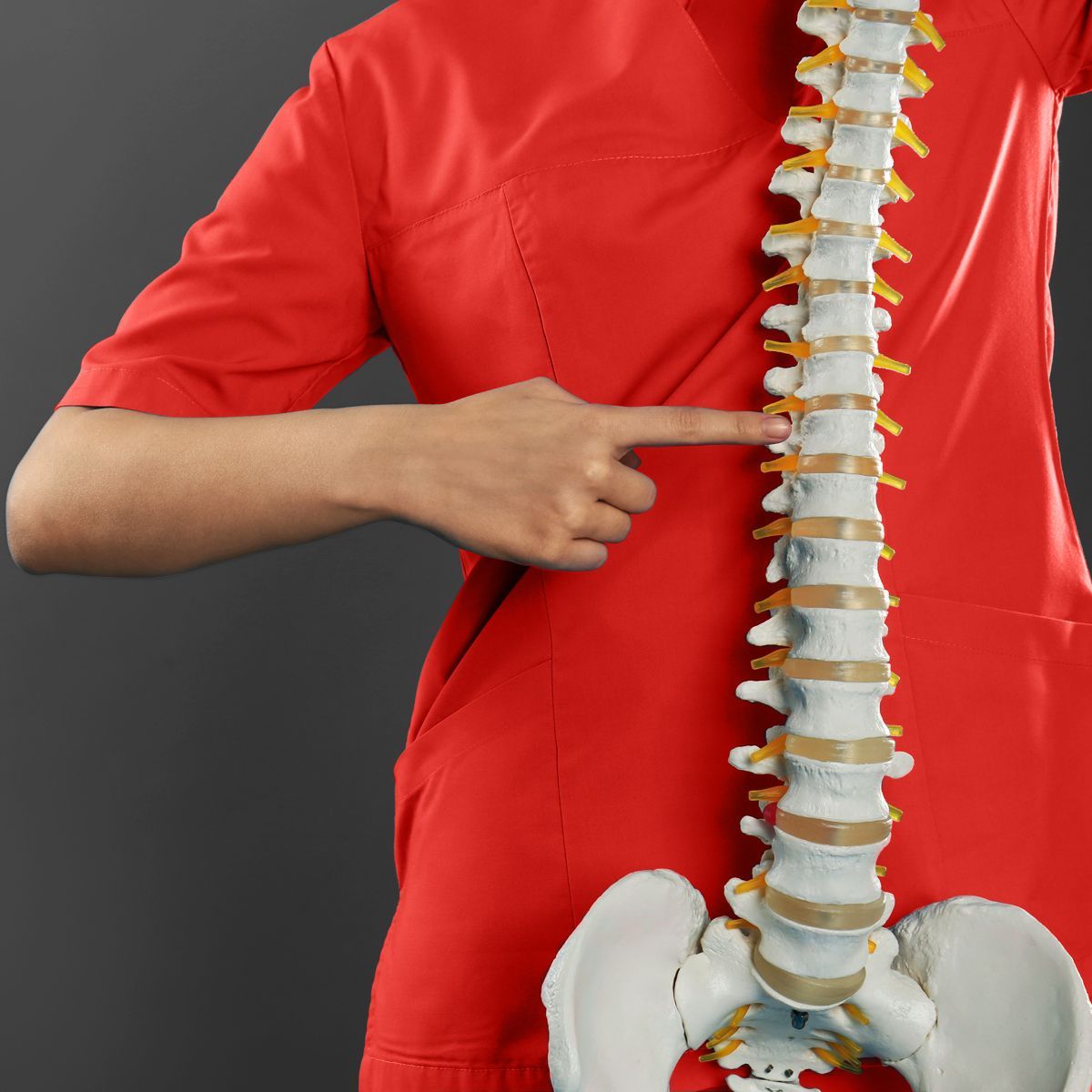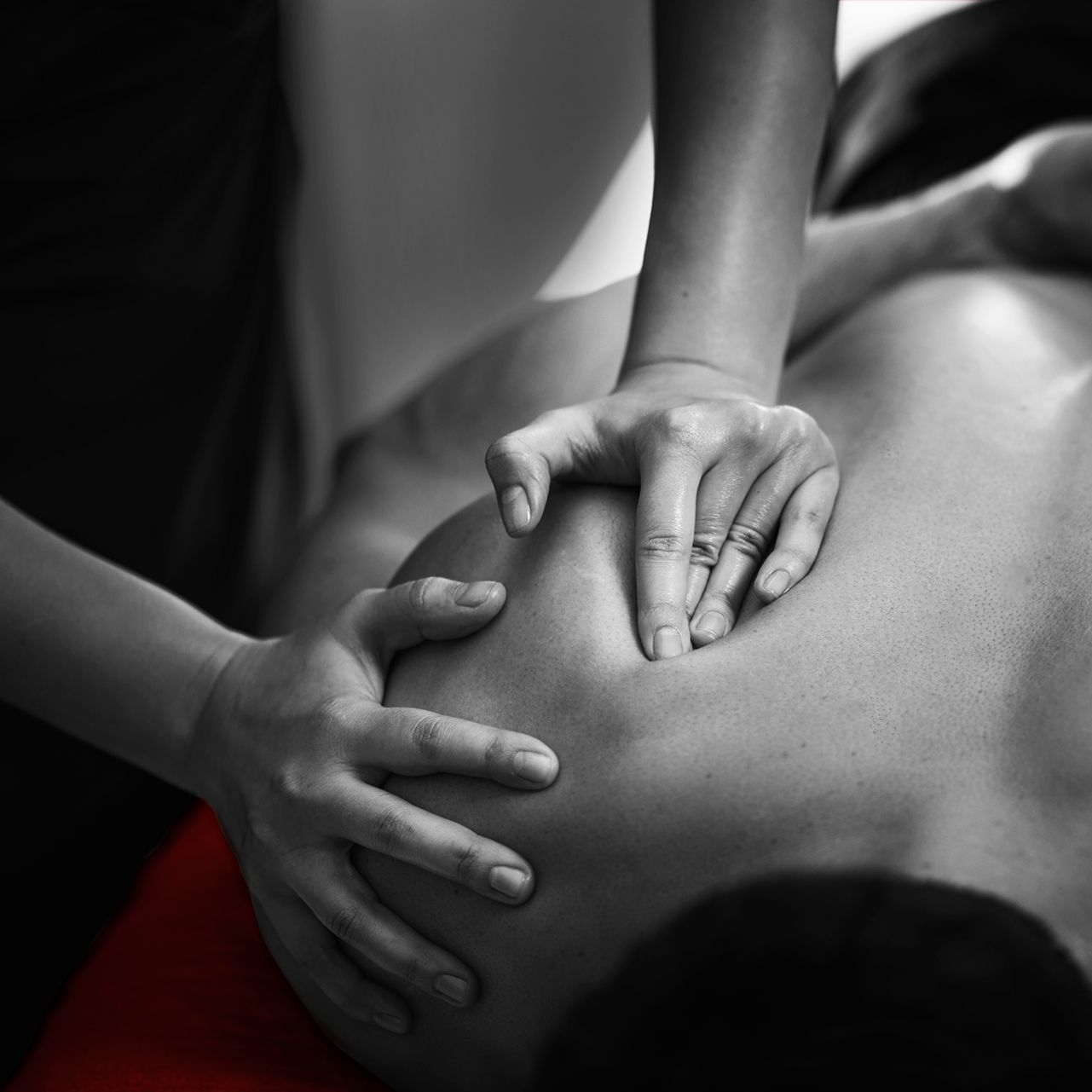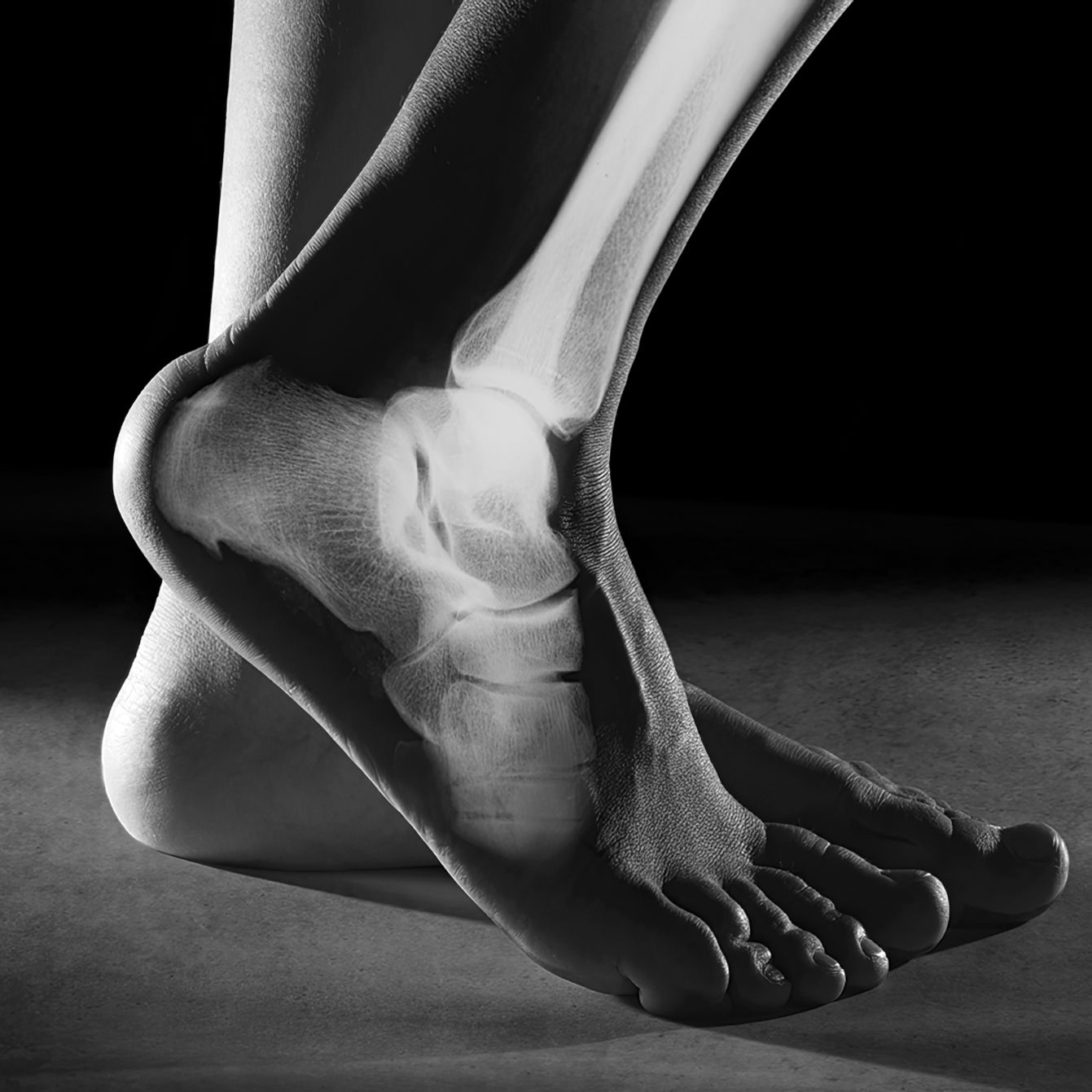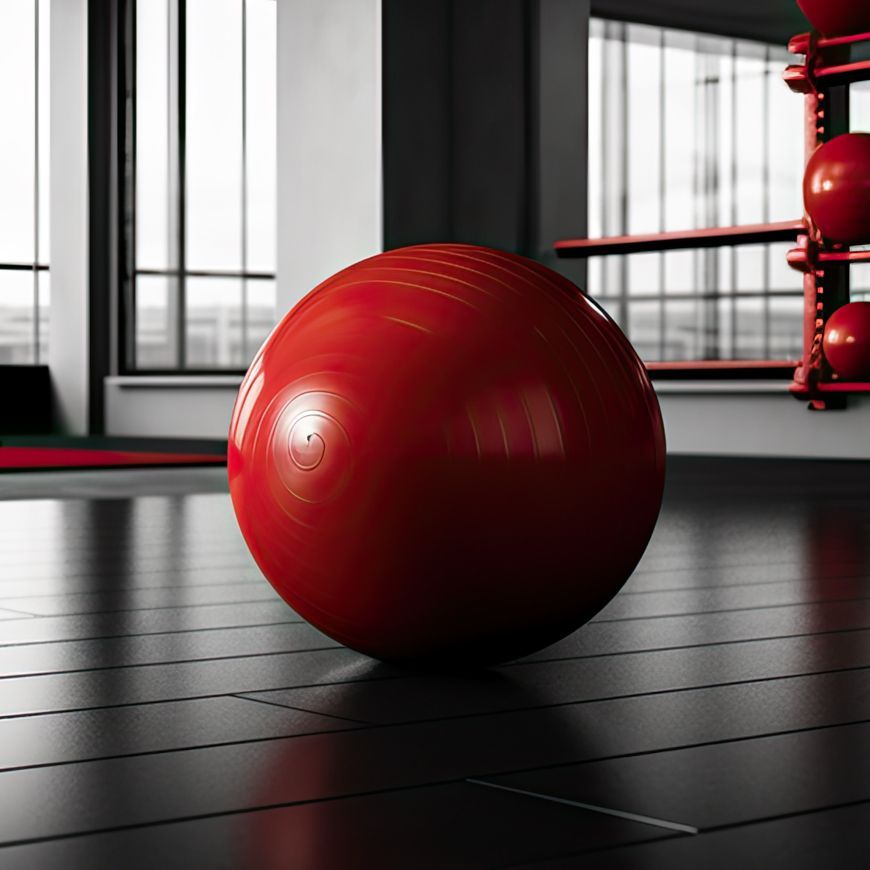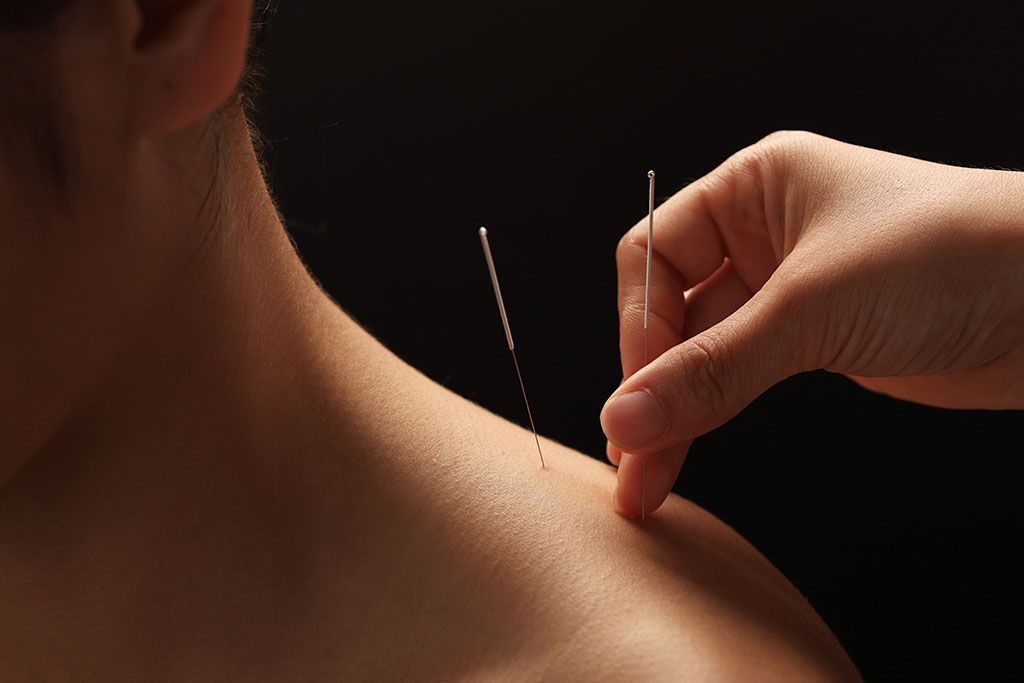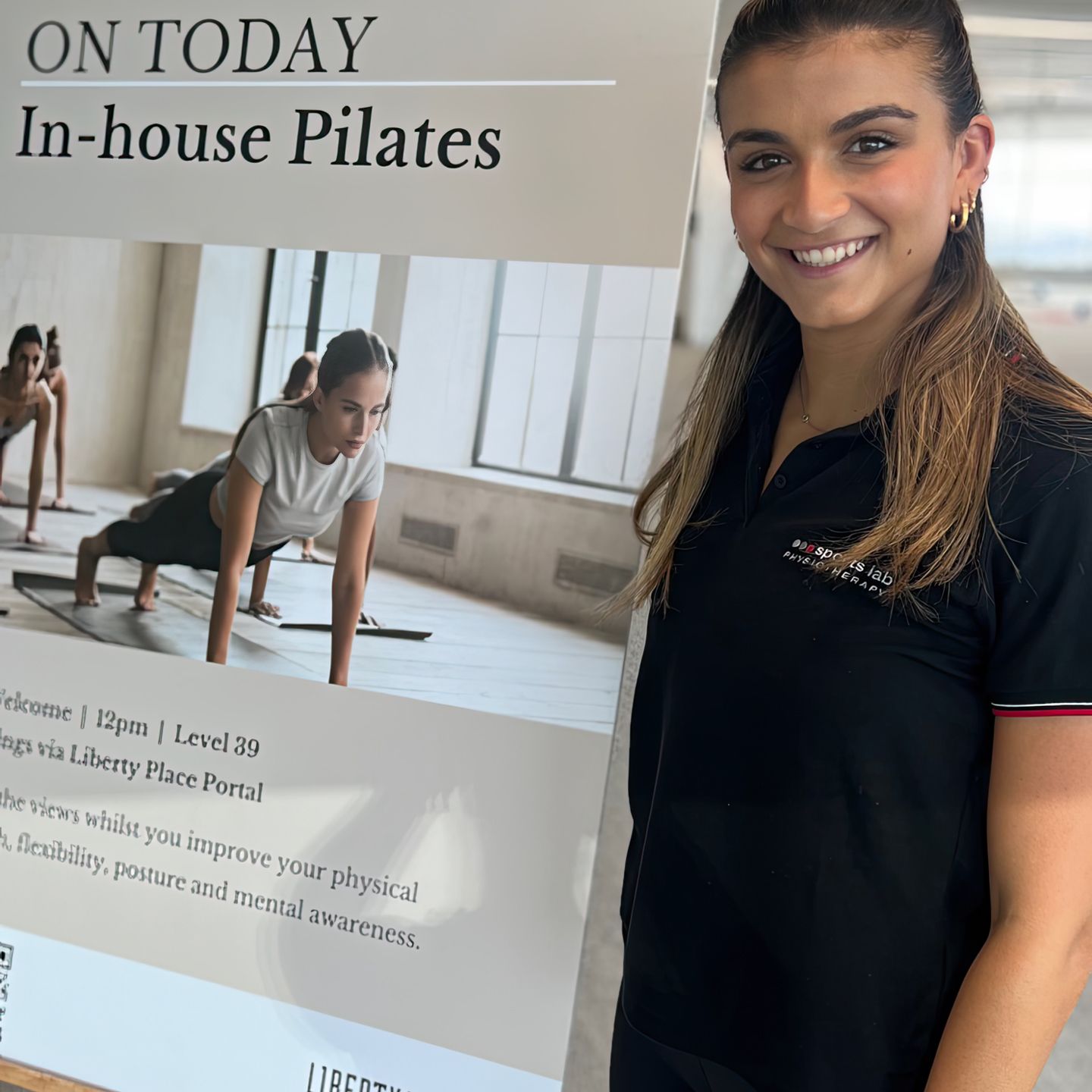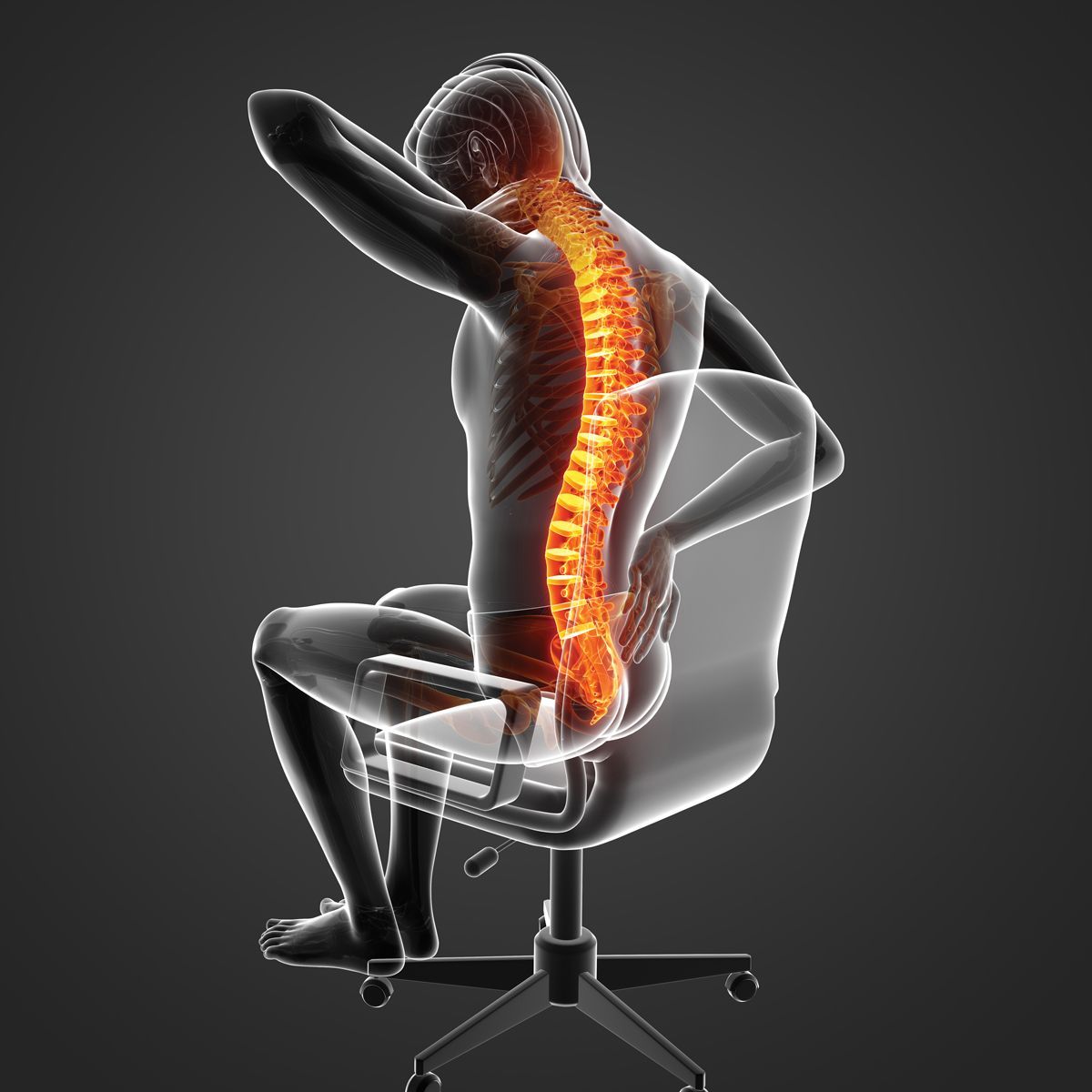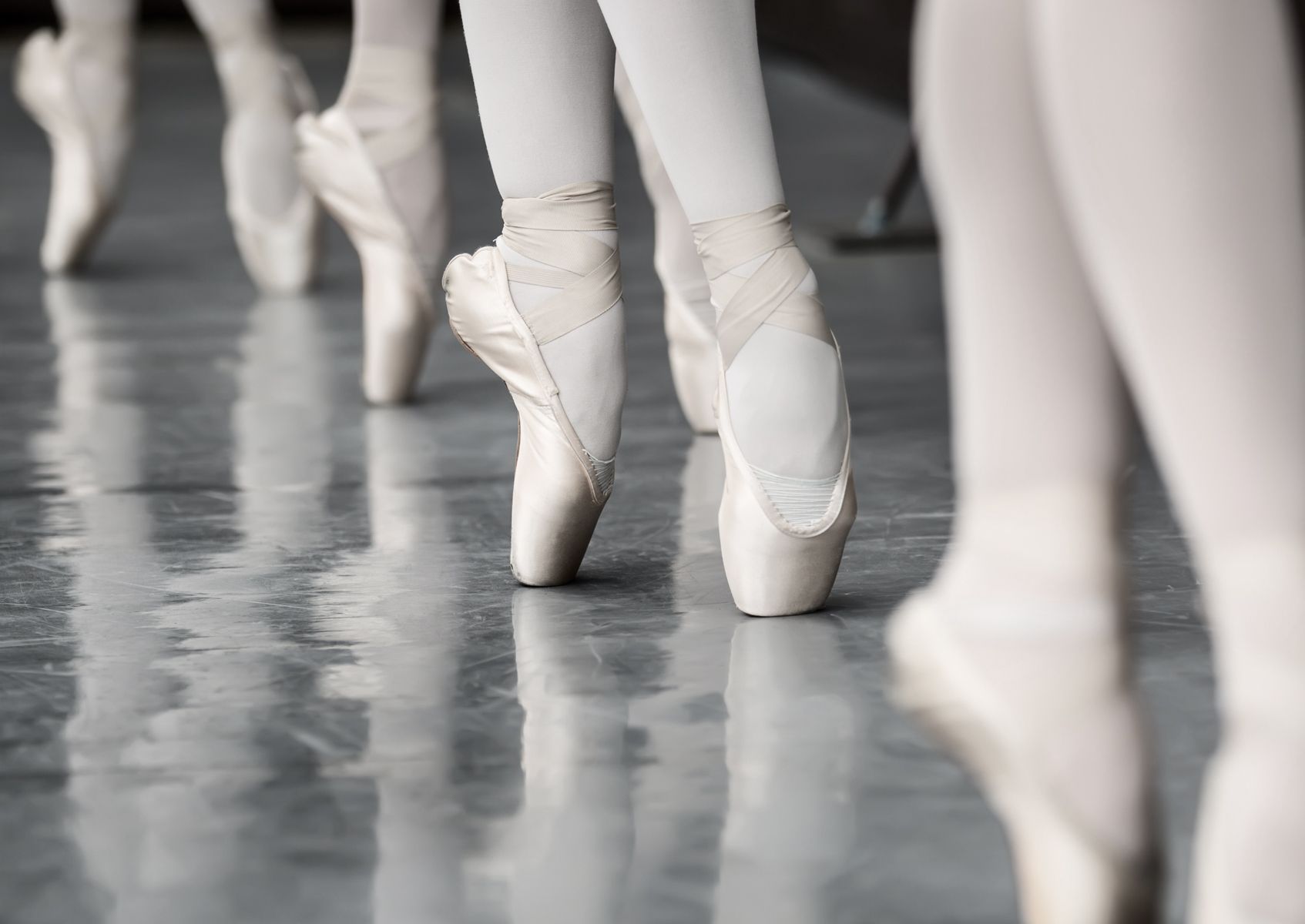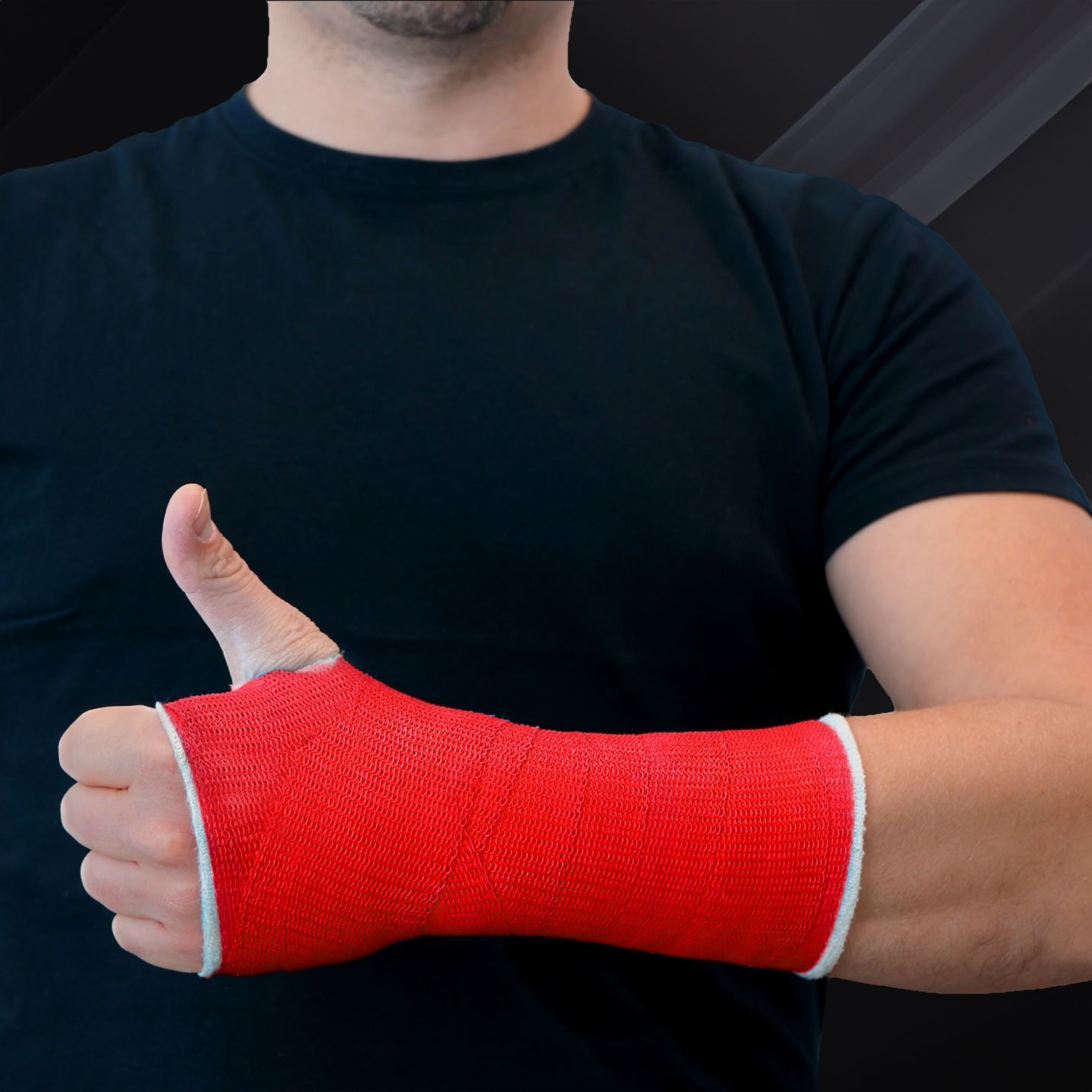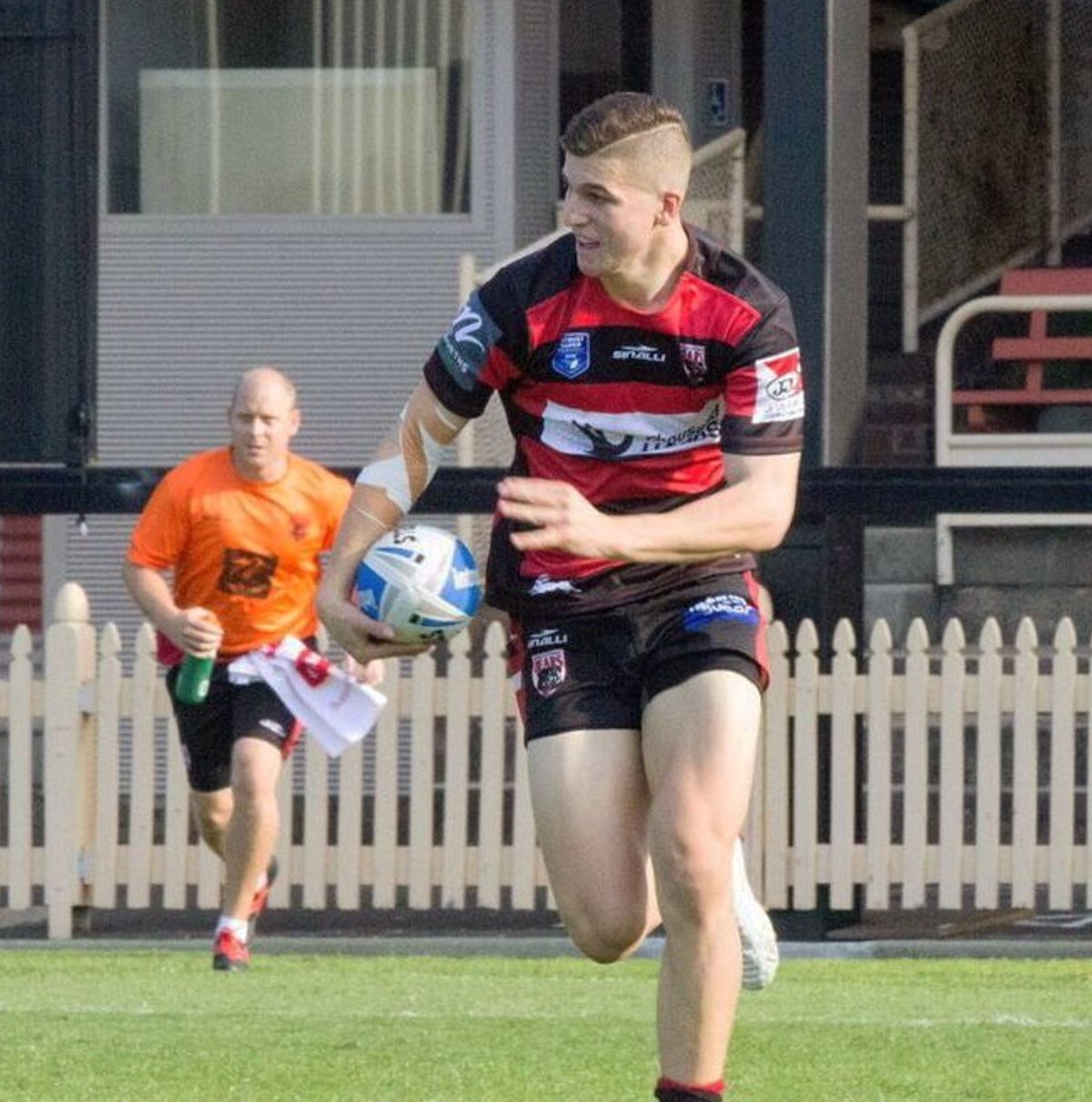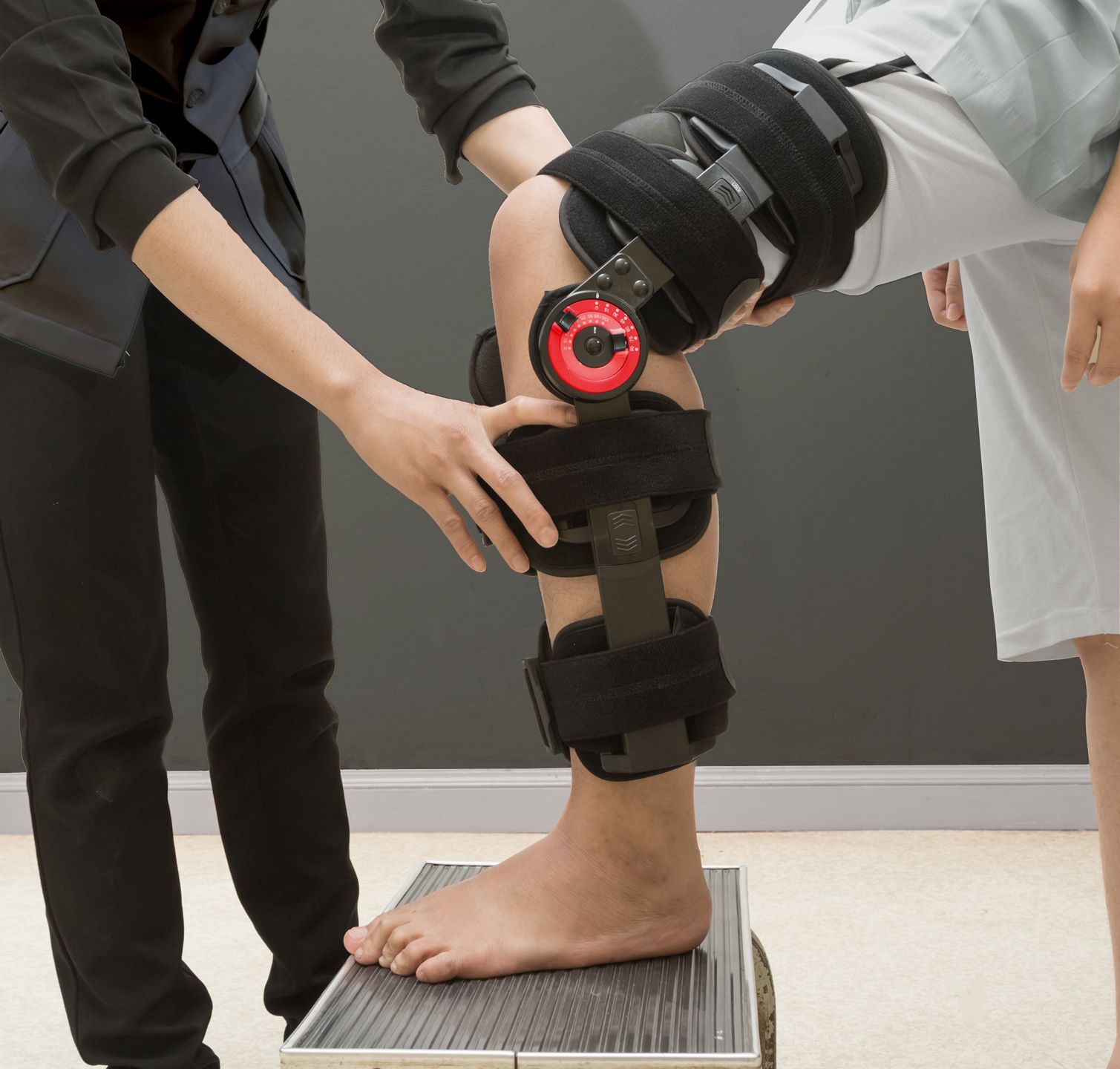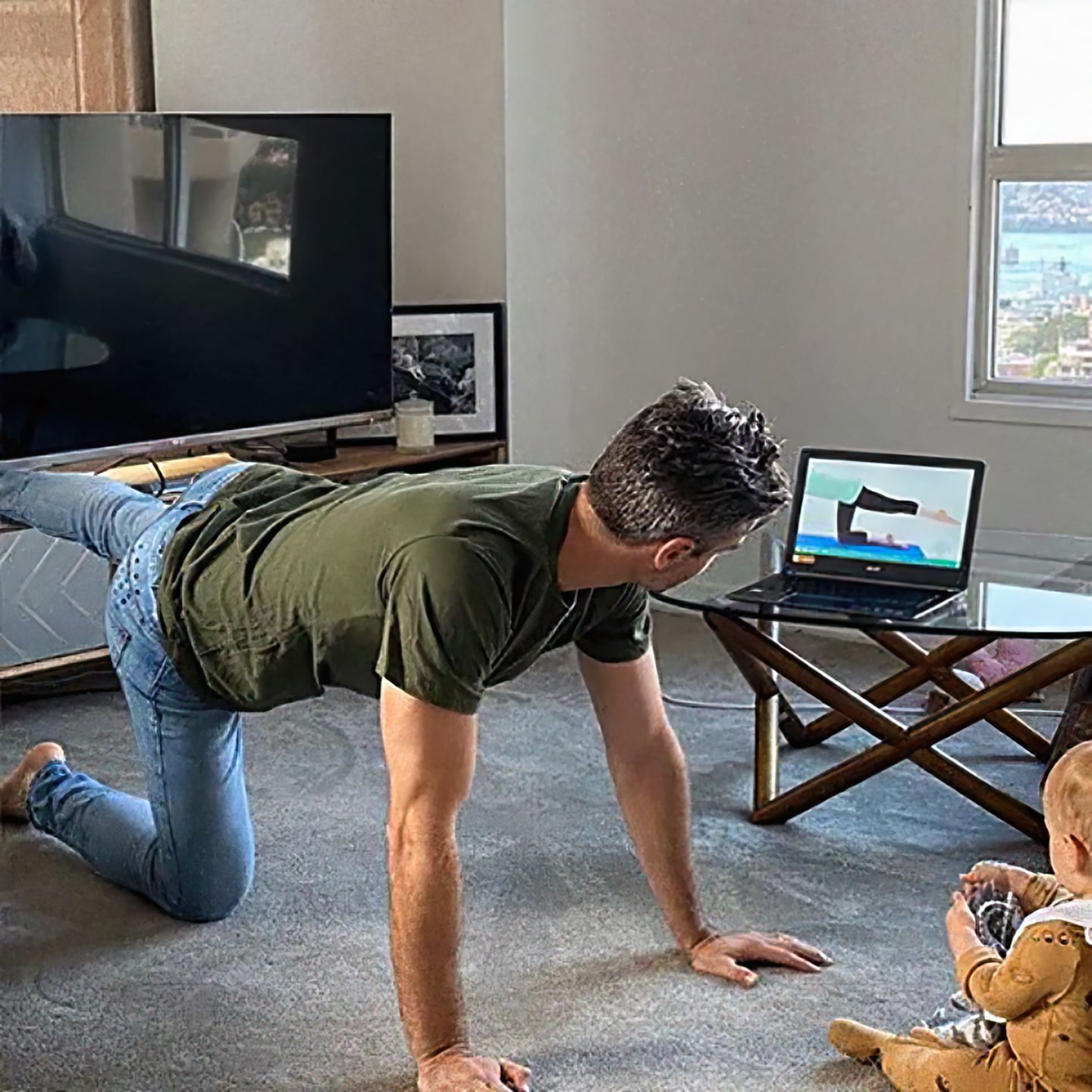At Sports Lab, our skilled physiotherapists provide professional casting and splinting services, in accordance with the recommendations of your treating physician or specialist, or from diagnosis with x-ray.
Our casts and splints are crafted from lightweight, durable, and waterproof materials where appropriate. We are proficient in custom-fitted thermoplastic splinting and fiberglass casting that cater to all body areas.
Our priority is your comfort and mobility while wearing a cast or splint. Certain severe or acute injuries may necessitate more extensive immobilisation to ensure proper healing of the affected tissues.
What is Casting & Splinting?
Casting & splinting is a medical procedure that temporarily immobilises and stabilises a broken bone. It involves applying a splint, a rigid or semi-rigid device, to the injured limb to prevent movement at the fracture site. Splinting helps reduce pain, prevents further damage to surrounding tissues and facilitates proper healing. It is usually performed in emergencies before the patient undergoes definitive treatment, such as a cast or surgery.
- Plaster or Fiberglass Materials
- Custom-Fabricated Splints
- Thermoplastic Options
- Waterproof Casting
- Management and Removal
- Swelling Management
- Physiotherapy Exercises
- Hand Splints
Plaster Casts vs. Synthetic Casts
- Material: Plaster casts are made from a mixture of gypsum plaster wrapped in bandages, while synthetic casts are typically made from fiberglass or a similar plastic material.
- Weight: Plaster casts are generally heavier than synthetic casts, which are lighter and more comfortable for the patient.
- Drying Time: Plaster casts take longer to dry completely, often up to 24-72 hours, whereas synthetic casts dry much faster, usually within a few hours.
- Durability: Synthetic casts are more durable and less likely to disintegrate if they become wet, compared to plaster casts which can deteriorate when exposed to moisture.
- Breathability: Synthetic casts are more porous, allowing better skin breathability and reducing the risk of skin irritation.
- Radiolucency: Synthetic casts are radiolucent, meaning they allow X-rays to pass through, facilitating easier imaging without cast removal.
- Water Resistance: Most synthetic casts are water-resistant and can be made waterproof with a special liner, while plaster casts are not water-resistant.
- Cost: Synthetic casts can be more expensive than plaster casts due to the materials and benefits they offer.
- Aesthetics: Synthetic casts come in a variety of colors, offering a more aesthetically pleasing option compared to the traditional white plaster cast.
The Role of Splints in Orthopedic Treatment
Splints, sometimes referred to as "half casts," are designed to stabilize injuries without completely encasing them. They are made from rigid materials such as plaster, plastic, metal, or fiberglass, cushioned with padding, and secured with Velcro straps.
Utilisation of Splints:
- Adjustability: Splints can be adjusted to accommodate initial injury-induced swelling.
- Assessment Post-Swelling: They allow for periodic reassessment of the injury post-swelling.
- Pre-Fabricated and Custom Options: Available in standard sizes or custom-fitted.
Splints serve as an initial immobilisation device until swelling diminishes, at which point a more supportive cast might be necessary. Whether off-the-shelf or custom-made, splints are integral in the early stages of injury management.

